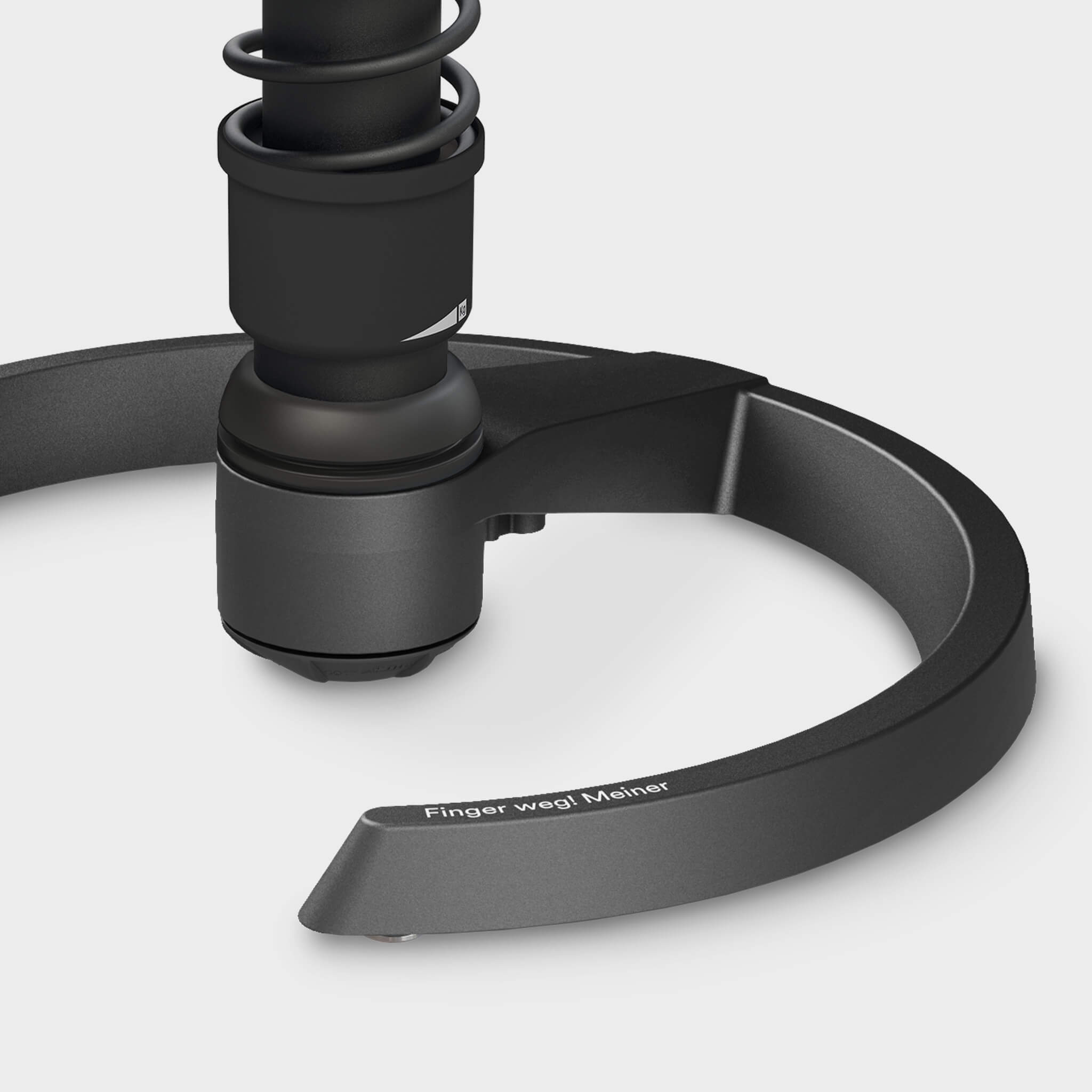What is the cycle?
What is called the circulatory system for short is actually called the cardiovascular system or circulatory system. This is the body's transport system, which is around 100,000 km long and uses blood to transport nutrients and oxygen to the body's cells and to remove metabolic products.
What are circulatory problems – and where do they come from?
The term circulatory problem or cardiovascular complaint covers all complaints that have to do with the circulatory system and the heart. These include dizziness, water retention in the arms or legs, irregular pulse, severe weakness, shortness of breath and difficulty breathing. Heart and circulatory complaints often have their origin in heart failure (heart weakness) as a result of other diseases such as high/low blood pressure, malformed heart valves, myocarditis, damage to the heart muscle due to inflammation or even a heart attack. But other organic causes such as hyperthyroidism or hypothyroidism, anemia or cardiac arrhythmias can also lead to heart weakness and thus to circulatory problems.
What are cardiac arrhythmias?
The heartbeat is controlled by the sinus node, a small area in the atrium of the heart that generates electrical impulses for the heartbeat. If this sinus node does not generate or transmit impulses correctly, the heart can become unbalanced, it "stumbles", it beats too slowly or too quickly. Cardiac arrhythmias can have many causes, such as stress, but also illness. If they persist for a long time, treatment should be considered, as persistent cardiac arrhythmias can also develop into heart failure over time.
Arteriosclerosis and its consequences
Deposits can cause the arteries to narrow, a condition known as arteriosclerosis or hardening of the arteries. The risk of these deposits increases with fatty foods and a lack of exercise, but can also occur with age. In all cases, arteriosclerosis also affects the circulation and can lead to serious illnesses. The calcification causes the blood vessels to narrow, the blood can no longer flow freely and oxygen can no longer be transported sufficiently. Congestion can occur particularly at vascular branches. In the worst case, a small clot of blood platelets forms and a heart attack is imminent. Depending on where in the body the dangerous clot forms (coronary arteries, carotid artery, head), it can lead to a heart attack, trigger a stroke or even limit kidney function.
Prevent cardiovascular problems
If you want to get your circulation going in the morning, we recommend alternating hot and cold showers or dry brush massages. If you tend to have low blood pressure, you can put your feet up from time to time, stand on your tiptoes several times a day and perhaps drink a well-salted broth from time to time. And unless you have a weak heart, you should drink plenty of fluids, especially in summer.
The method of choice for stabilizing the heart and circulation and for preventing circulatory diseases is and remains regular exercise. In particular, those who spend a lot of time sitting at work should ensure they have sufficient opportunities for exercise. To support this, you can use an ergonomic office chair that promotes three-dimensional movement, such as a Swopper from Aeris.
What to do if you have circulatory problems?
If you have acute circulatory problems, it helps to lie down and place your legs higher than your head. If there are no more serious causes, symptoms such as dizziness usually improve quickly. If the dizziness persists or even leads to unconsciousness, you should call a doctor.
And in general, anyone who frequently suffers from low blood pressure or high blood pressure should consult a doctor to clarify the causes and discuss possible treatments.
